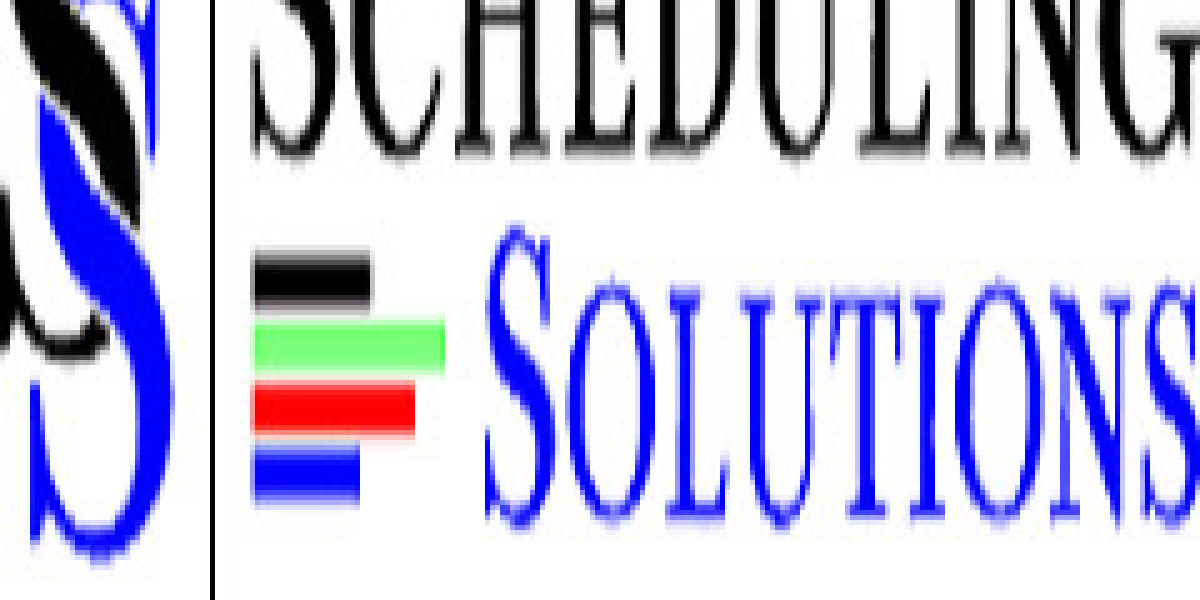S Curves are widely used to model growth, development, and market trends in various industries. They represent a pattern of progression that starts slow, accelerates rapidly, and eventually stabilizes. Understanding S Curves can help businesses, researchers, and analysts predict trends, manage projects effectively, and optimize strategic decision-making. This article explores the fundamentals of S Curves, their applications, and how they can be leveraged for success.
2. What is an S Curve?
An S Curve is a graphical representation of a process that follows a typical pattern of slow initial growth, rapid expansion, and eventual plateau. The shape resembles the letter 'S' when plotted on a graph. This model is commonly observed in technological advancements, business growth, and natural processes. For example, product life cycles, population growth, and technological adoption all exhibit S Curve characteristics.
3. How Do S Curves Work?
S Curves typically progress through distinct phases:
Initiation Phase: Growth is slow due to initial challenges, resistance, or lack of awareness. Investments in innovation or development begin, but the impact is minimal.
Growth Phase: As adoption increases, the rate of expansion accelerates. This phase is characterized by rapid market penetration, rising revenues, and increasing adoption.
Maturity Phase: Growth slows as the market reaches saturation or resources become limited. Innovation peaks, and competition intensifies.
Decline or Renewal Phase: The process either declines due to obsolescence or reinvents itself through innovation, leading to a new cycle of growth.
Understanding these phases helps businesses and analysts forecast changes and adjust strategies accordingly.
4. Applications of S Curves in Different Fields
S Curves are relevant across various domains, including:
Business & Economics: S Curves illustrate product life cycles, company growth, and industry evolution. Companies can use them to predict when to introduce new products or services.
Technology & Innovation: The adoption of new technologies follows an S Curve pattern. Innovations like smartphones, electric vehicles, and AI have all experienced rapid growth before reaching a stabilization phase.
Project Management: S Curves are used to track project progress. Initially, projects move slowly, gain momentum during execution, and level off as they near completion.
Biology & Medicine: S Curves model population growth, disease spread, and drug adoption in medical research, helping scientists predict outcomes and strategize interventions.
5. Why Are S Curves Important?
S Curves help in:
Predicting future trends and market behaviors.
Identifying the best time to invest, innovate, or pivot.
Understanding competitive landscapes and business cycles.
Enhancing decision-making by analyzing growth potential.
By leveraging S Curves, businesses and organizations can make informed strategic choices, optimizing their growth trajectory.
6. Case Studies of S Curve Applications
To better understand how S Curves function, consider the following real-world examples:
Example 1: The smartphone industry saw rapid adoption in the early 2010s, leading to an S Curve growth pattern. Today, the market has matured, and innovation now focuses on refinement rather than rapid expansion.
Example 2: Renewable energy sources like solar power have followed an S Curve. Early adoption was slow, but as technology improved and costs declined, usage surged before stabilizing.
Example 3: Social media platforms such as Facebook and Instagram experienced rapid growth before reaching maturity. Now, innovation efforts focus on engagement strategies rather than user acquisition.
These examples highlight how S Curves provide insights into market trends and industry dynamics.
7. Challenges and Limitations of S Curves
While S Curves are valuable for forecasting, they come with challenges:
Unpredictability in Early Stages: It can be difficult to determine if a trend will follow an S Curve or fail to gain traction.
External Disruptions: Factors such as economic downturns, regulatory changes, or competition can alter the natural progression of an S Curve.
Misinterpretation of Data: Incorrectly identifying an S Curve can lead to poor strategic decisions, such as premature scaling or delayed innovation.
Understanding these challenges helps businesses use S Curves effectively while remaining adaptable.
8. How to Use S Curves Strategically
To maximize the benefits of S Curves, organizations should:
Identify the Right Phase for Action: Recognizing whether a trend is in the early, growth, or maturity stage helps in making timely decisions.
Plan Innovation Before Maturity: Companies should anticipate when a market will plateau and introduce new innovations to sustain growth.
Use Data Analytics: Tracking performance indicators allows businesses to refine strategies and stay ahead of market shifts.
By integrating S Curves into strategic planning, businesses can navigate changes more effectively and maintain long-term success.
9. Conclusion
S Curves offer valuable insights into growth patterns, market trends, and technological advancements. By understanding the different phases and their implications, businesses and professionals can make more informed decisions, anticipate market shifts, and drive innovation. Whether in business, technology, or research, leveraging S Curves can be a powerful tool for long-term success.








